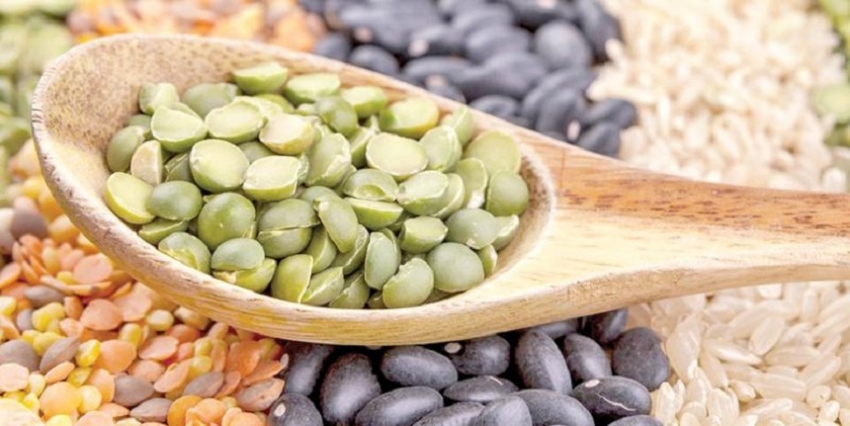The world population is projected to reach 9.7 billion by 2050 and 11.2 billion in 2100. A 70 percent increase in agricultural production is needed to meet the needs of the world’s growing population by 2050. However, meeting the needs of the growing population requires not only increase production, it should protect environment.
Pulses’ low carbon footprint and water efficiency make them ideal sustainable foods of the future. Many pulses, such as dry beans, chickpeas, dry peas and lentils extract water from a shallower soil depth, leaving more water deep in the soil for other crops, which makes them well-adapted for drought-prone areas. Many pulses are also hardy under cold conditions, making them suitable for a wide range of growing environments. Pulses are not just delicious but are also great sources of carbohydrates, proteins and nutrients.




















